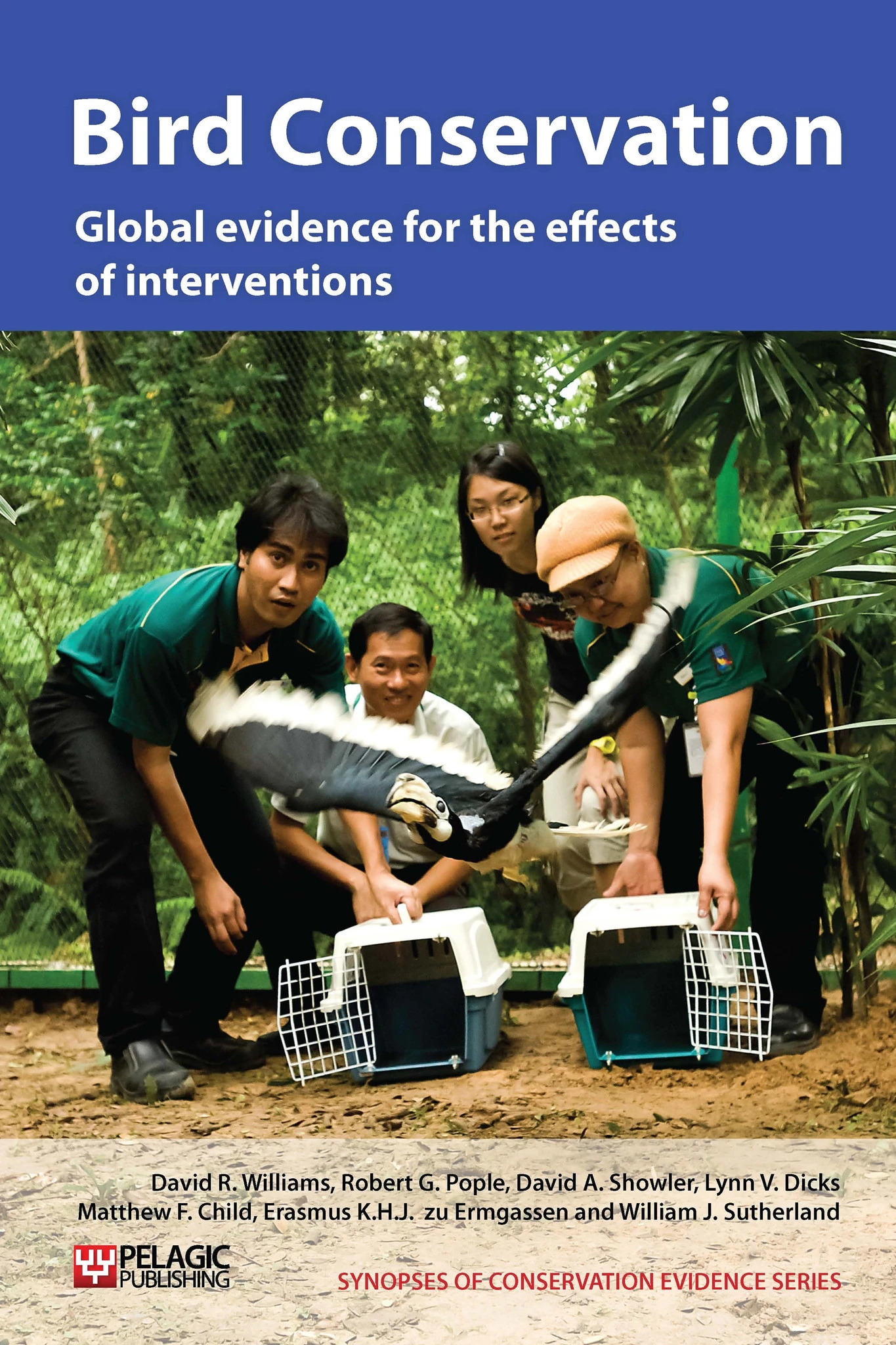Use captive breeding to increase or maintain populations of tinamous
-
Overall effectiveness category Unknown effectiveness (limited evidence)
-
Number of studies: 1
View assessment score
Hide assessment score
How is the evidence assessed?
-
Effectiveness
51% -
Certainty
15% -
Harms
5%
Study locations
Supporting evidence from individual studies
A study in a breeding centre in Costa Rica between 2003 and 2005 (Fournier et al. 2007) found that 42 great tinamous, Tinamus major, (28 female, 14 male) successfully bred in four breeding enclosures and laid a comparable number of eggs to wild birds (672 eggs laid by 24 females over three years in the centre vs. 3-6 eggs laid 3-4 times each breeding season in the wild), although the breeding season was a month longer than in the wild. Captive-laid eggs were similar in size to wild eggs. Older females laid more eggs and fertility in two enclosures appeared to increase with the number of years that birds spent together (50-61% infertility in the first year together vs. 16% in the second year). An enclosure with a male: female ratio of 4:1 had higher fertility in its first year than an enclosure with a ratio of 1:5 (13% infertility vs. 59%, number of eggs not provided). There was egg predation in two enclosures, which tinamous shared with chestnut-mandibled toucans, Ramphastos swainsonii, and great curassows, Crax rubra, but not in enclosures shared with only songbirds or no other species. The eggs were removed from cages and artificially incubated, but the effectiveness of this was not reported.
Study and other actions tested
Where has this evidence come from?
List of journals searched by synopsis
All the journals searched for all synopses
This Action forms part of the Action Synopsis:
Bird Conservation
Bird Conservation - Published 2013
Bird Synopsis





)_2023.JPG)














